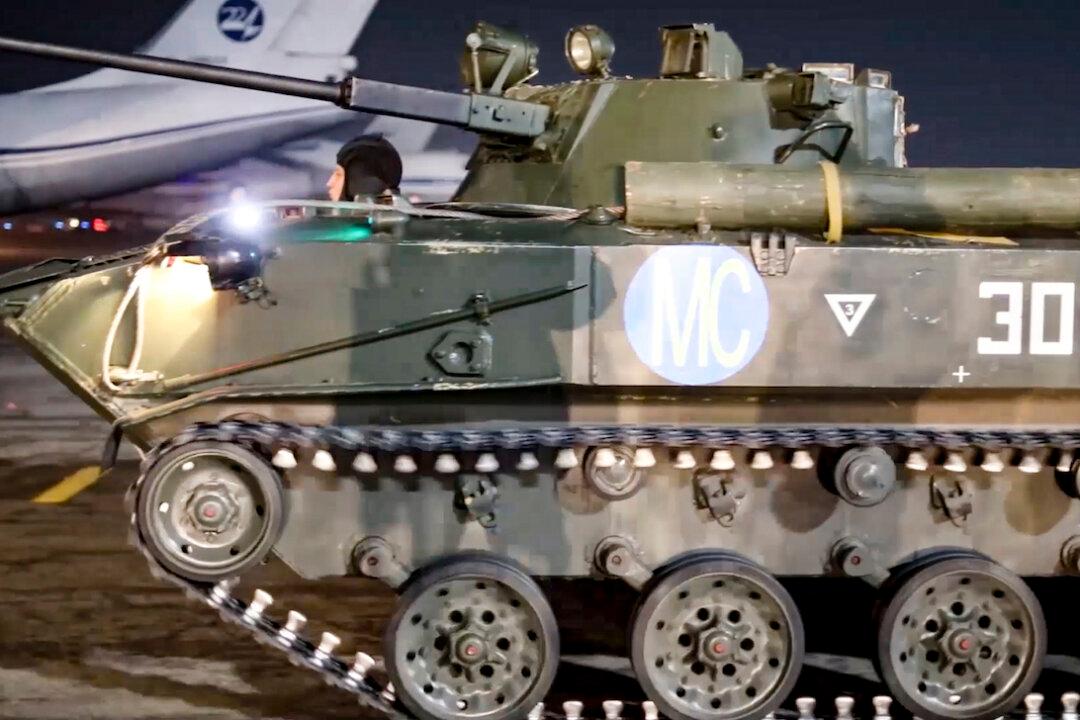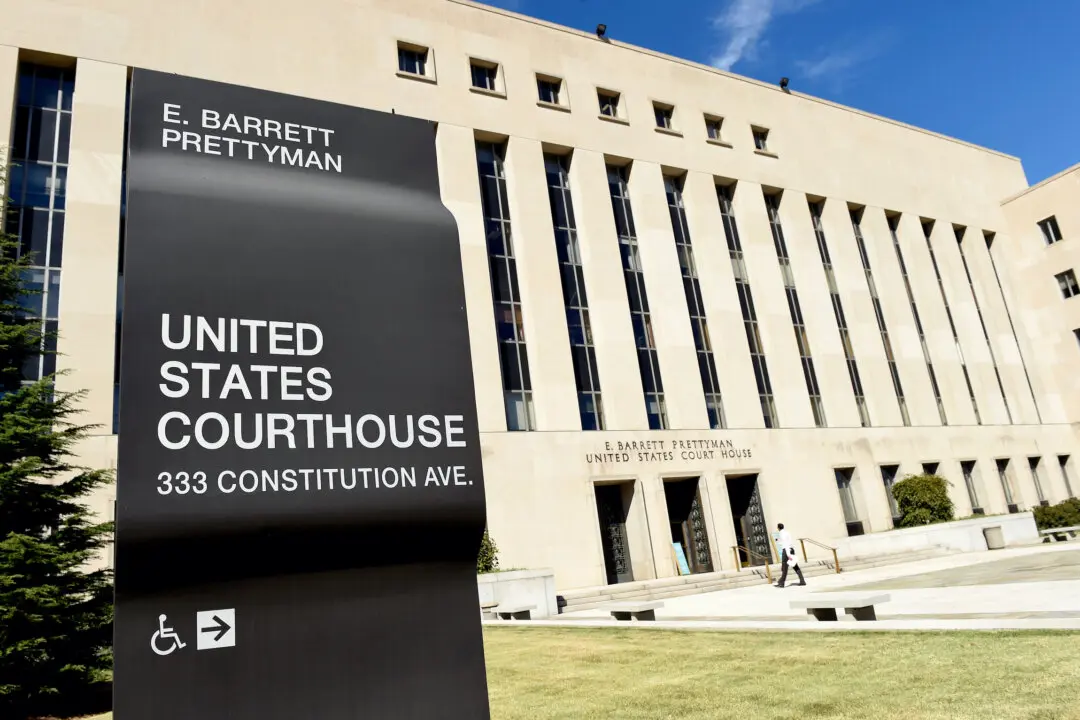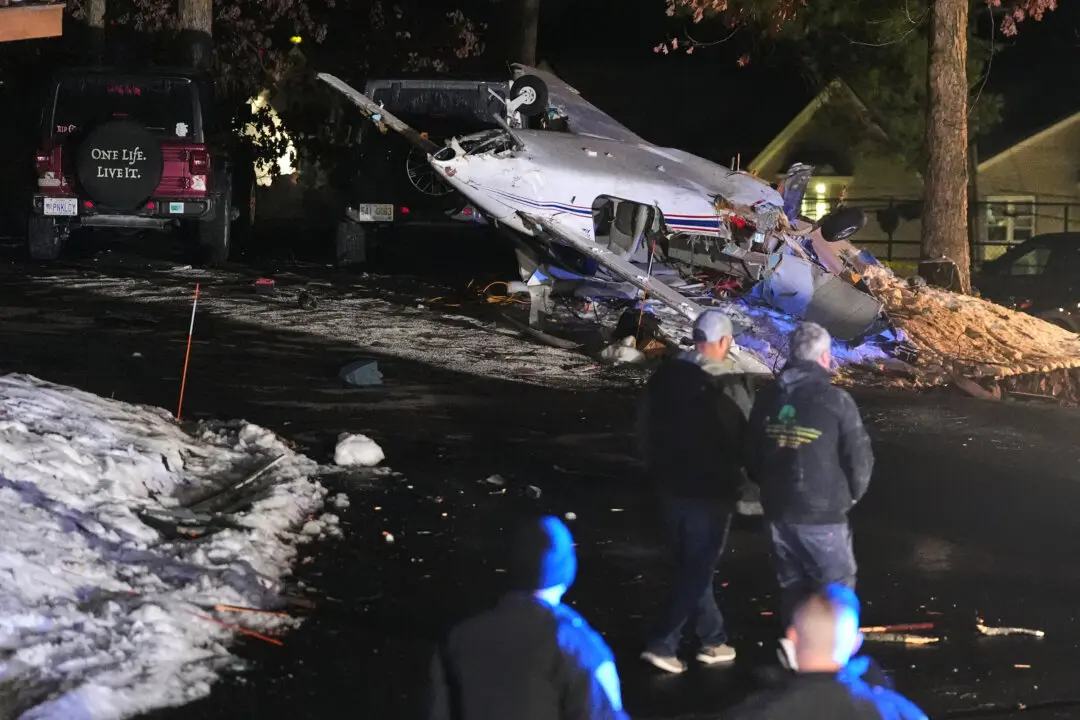MOSCOW—Russia’s defense ministry says the troops that were deployed to Kazakhstan as violent demonstrations shook the country have returned home.
The troops were part of a force sent as peacekeepers by the Collective Treaty Security Organization, a Russia-led military alliance of six former Soviet states. The CSTO approved the force of more than 2,000 on Jan. 5 at the request of Kazakh President Kassym-Jomart Tokayev.





